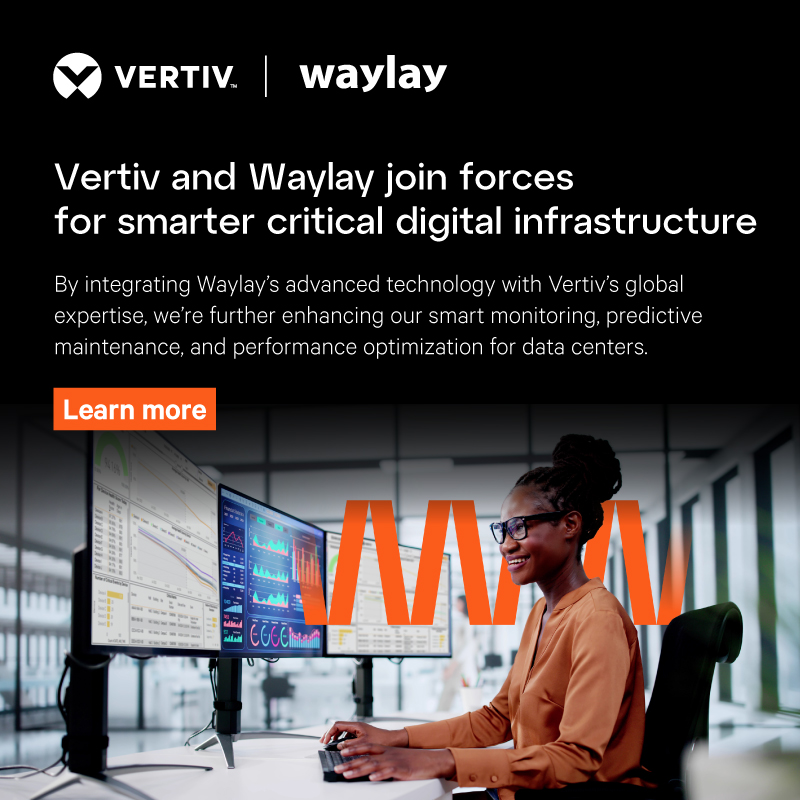Why is hyperautomation important in the context of the Internet of Things?
Gartner has recently released their top ten technology trends for 2020 and hyperautomation is number one. How is hyperautomation different from regular automation and why should IoT solution architects consider hyperautomation when designing and building IIoT solutions?
What is hyperautomation?
Hyperautomation is the totality of an enterprise’s automation efforts under one single encompassing umbrella. The term is used by Gartner to highlight that not one but multiple automation technologies, working in congruence, are needed to augment or replace human capabilities in the workforce: “As no single tool can replace humans, hyperautomation today involves a combination of tools, including robotic process automation (RPA), intelligent business management software (iBPMS) and AI, with a goal of increasingly AI-driven decision making.” (Source: Gartner Top 10 Strategic Technology Trends for 2020)
Hyperautomation encompasses both AI (analysis of historical data) and automation (rule-based action on real time data) technologies & tools. At Waylay, we’ve always argued that AI and automation (intelligence and action) are two sides of the same coin, with multiple technologies and tools being developed on both sides. It is this coin that now Gartner calls hyperautomation.
Why is hyperautomation important in IIoT?
Most enterprises looking at leveraging IIoT opportunities today are first focusing on getting device connectivity and data collection right. Once that’s sorted, the focus turns to using analytics (or more recently, AI technology) to extract valuable business insights from the data. Finally, the last step is showing those insights to different stakeholders on domain-specific and use case-specific UIs.
Automation is present at all the stages that we listed above, acting as an invisible underlying glue that brings all the pieces together: data collection (automated pre-processing of raw IIoT events and data), analytics (putting the analytical insights in production) and sharing insights across the organisation (automating connections between IIoT and IT).

Since it’s an invisible layer and not a distinct building block, automation tends to be an afterthought. Enterprises think they can get it right with either their usual enterprise automation tools (ERPs, BPMs, BREs) or by easily building new tools internally. For the vast majority of IIoT use cases and for a variety of reasons that we’ve discussed in previous blogs and white papers, this approach fails.
This is why hyperautomation as defined by Gartner is important when building IIoT solutions. It nudges organisations to recognise the importance of interoperability of automation tools, looping humans in automation processes and enabling collaborative intelligence.
Hyperautomation, IIoT and Digital Twins
As the totality of automation efforts across an entire organisation, we can see with hyperautomation a similar industry trend to that of the digital twins. In fact, Gartner mentions that pushing for hyperautomation within the enterprise “often results in the creation of a digital twin of the organization (DTO), allowing organizations to visualize how functions, processes and key performance indicators interact to drive value. The DTO then becomes an integral part of the hyperautomation process, providing real-time, continuous intelligence about the organization and driving significant business opportunities.”
In IIoT, the digital twin, understood as the digital representation of a connected physical asset (or system of assets), is a concept that promises a sort of a single point of contact for various business units for interogating different aspects of the asset. Instead of struggling to give multiple stakehoders access to different types of IIoT insights, you can give them access to the the digital twin.
The digital twin may not be useful for all IIoT use cases but hyperautomation is a powerful idea for all businesses that want to successfully integrate tools to cover the entire spectrum of automation across their IIoT solution chains.
Ready to get started with Waylay? Get your demo here.














